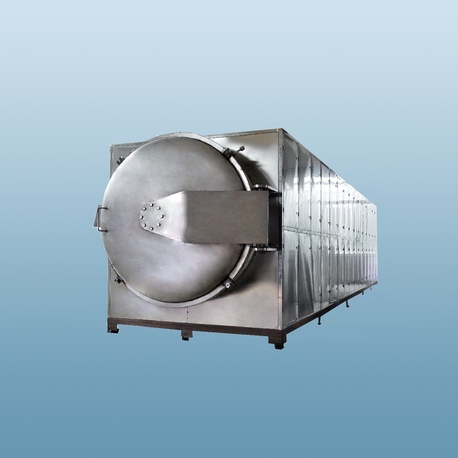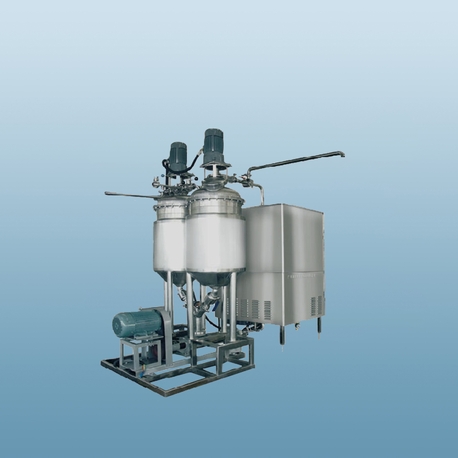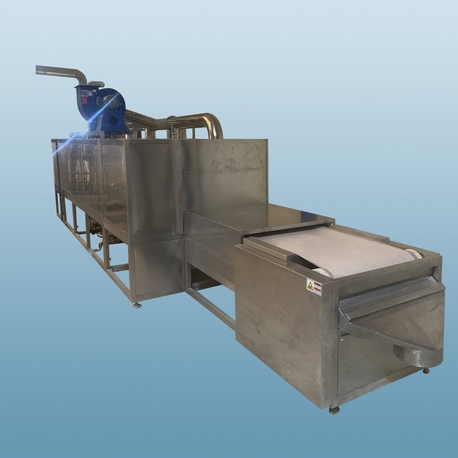In today's competitive commercial landscape, efficiency and cost-saving are paramount. One piece of equipment that consistently delivers on both fronts, yet is often overlooked, is the industrial dehydrator. Far beyond simple hobbyist gadgets, these robust systems are the backbone of numerous industries, from food processing to pharmaceuticals. This article delves into how a commercial-grade dehydrator operates, its vast applications, and the tangible benefits it brings to businesses, with a look at how manufacturers like Nasan are engineering solutions for modern challenges.
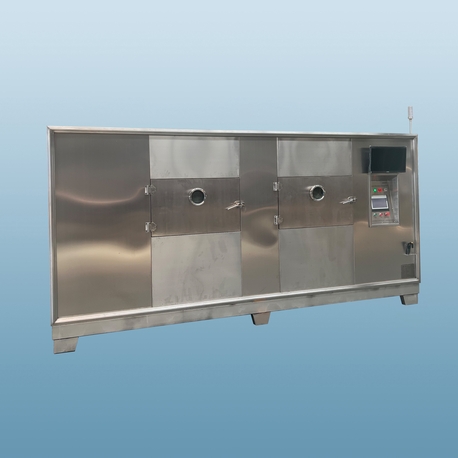
What Exactly is an Industrial Dehydrator?
An industrial dehydrator is a sophisticated piece of machinery designed to remove moisture from large volumes of material efficiently and uniformly. Unlike small domestic dehydrators, these units are built for continuous, high-capacity operation, handling everything from fruits and vegetables to chemicals and textiles. The core principle is the application of controlled heat and airflow to evaporate water content, thereby preserving the product, reducing its weight, and extending its shelf life significantly.
The Core Mechanism: How Does an Industrial Dehydrator Work?
Understanding the operation of an industrial drying machine is key to appreciating its value. The process can be broken down into three fundamental stages:
Loading and Configuration: Products are evenly spread on trays or a conveyor belt and loaded into the drying chamber. Temperature, airflow, and time parameters are set based on the material's properties.
The Drying Phase: The machine circulates heated air at a controlled, low temperature throughout the chamber. This warm, dry air absorbs moisture from the product without cooking it. Advanced systems use precise sensors to monitor humidity levels in real-time.
Cooling and Unloading: Once the target moisture content is achieved, some systems include a cooling phase to stabilize the product before it is unloaded, ready for packaging or further processing.
This streamlined dehydration process ensures consistent results batch after batch, which is crucial for maintaining product quality and meeting industry standards.
Key Applications: Where is Commercial Dehydration Used?
The versatility of the industrial dehydrator is one of its greatest strengths. Its applications span a wide range of sectors:
Food Processing Industry: This is the most common application. Industrial food dryers are used to produce snacks like dried fruit chips, jerky, herbs, spices, and powdered ingredients. This process locks in nutrients and flavor while making the products shelf-stable.
Pharmaceuticals: In this highly regulated field, industrial drying equipment is used to dehydrate medicinal herbs, active pharmaceutical ingredients (APIs), and other compounds where moisture control is critical for efficacy and stability.
Chemical and Manufacturing: Various chemicals, minerals, and synthetic materials require precise moisture removal during production. An industrial dehydrator provides the controlled environment necessary for these sensitive processes.
Textile and Paper: These industries use large-scale industrial drying systems to dry fabrics, yarns, and paper pulp efficiently after washing or treatment.
Choosing the Right System: A Guide to Industrial Dehydrator Solutions
Selecting the appropriate industrial dehydrator is not a one-size-fits-all decision. Key considerations include:
Drying Capacity: Determine the volume of material you need to process per day or week.
Heat Source and Energy Efficiency: Options include electric, gas, or steam. Modern units from providers like Nasan focus on high thermal efficiency to reduce operational costs.
Control and Automation: Look for systems with programmable logic controllers (PLCs) for precise control over the entire dehydration process, ensuring repeatability and reducing human error.
Construction and Hygiene: The machine should be built from durable, food-grade or industry-appropriate materials (e.g., stainless steel) that are easy to clean and maintain.
Brands that offer tailored dehydrator solutions, such as Nasan, work closely with businesses to analyze their specific needs and recommend a system that optimizes their production line.
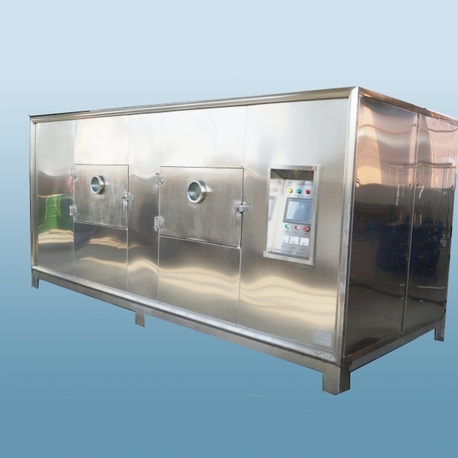
The Tangible Benefits of Investing in an Industrial Dehydrator
The return on investment for a high-quality industrial dehydrator is clear and multi-faceted:
Extended Shelf Life: By removing moisture, you inhibit the growth of microorganisms like bacteria, yeast, and mold, dramatically extending the product's shelf life.
Reduced Transportation and Storage Costs: Dehydrated products are lighter and more compact, leading to substantial savings in logistics and warehousing.
Preservation of Nutritional Value: When compared to other preservation methods like canning, dehydration better retains the original nutrients, color, and flavor of the raw material.
Waste Reduction: This commercial drying technology allows businesses to preserve surplus produce that might otherwise go to waste, contributing to both profitability and sustainability.
Maintenance and Safety for Your Drying Equipment
To ensure the longevity and safe operation of your industrial drying machine, a regular maintenance schedule is essential. This includes:
Regularly cleaning air filters and ducts to maintain optimal airflow.
Inspecting and calibrating heating elements and thermostats.
Lubricating moving parts as per the manufacturer's guidelines.
Training all operators on proper loading and safety procedures to prevent overheating or damage.
Adhering to the maintenance protocols set by your supplier, such as those provided in Nasan's operational manuals, will maximize the machine's uptime and service life.
An industrial dehydrator is far more than just a drying appliance; it is a strategic asset that enhances product quality, improves operational efficiency, and boosts the bottom line. As technology advances, these machines are becoming smarter, more energy-efficient, and more integral to commercial success across diverse fields. For any business looking to optimize its preservation and processing capabilities, investing in a robust system from a trusted industrial partner is a decisive step forward. As a provider of reliable industrial drying solutions, Nasan continues to support industries with equipment designed for performance and durability.
Frequently Asked Questions (FAQ)
Q1: What is the average lifespan of a well-maintained industrial dehydrator?
A1: A high-quality industrial dehydrator, when maintained according to the manufacturer's schedule, can have a operational lifespan of 10 to 15 years or more. Factors such as the corrosiveness of the materials being dried and the rigor of the cleaning regimen can influence this.
Q2: Can an industrial dehydrator handle liquid or pureed products?
A2: Yes, but it requires a specific type of system. For liquids, slurries, or purees, a drum dryer or a spray dryer is typically used. These are specialized forms of industrial drying equipment designed to transform liquids into powders by rapidly evaporating moisture.
Q3: How energy-intensive is operating a large commercial dehydrator?
A3: While industrial drying systems do consume significant energy, modern units are designed with efficiency in mind. Features like heat recovery systems, improved insulation, and precise temperature control help minimize energy waste. The long-term savings from reduced product spoilage and lower shipping costs often outweigh the utility expenses.
Q4: Is it possible to over-dry a product in an industrial dehydrator?
A4: Absolutely. Over-drying can degrade product quality, leading to loss of flavor, nutrients, and texture, and can even make the product brittle or burnt. This is why precise control over temperature, humidity, and time—a hallmark of advanced dehydrator solutions—is so critical.
Q5: What is the key difference between a dehydrator and a conventional oven for commercial use?
A5: The primary difference lies in temperature control and airflow. A commercial oven is designed to cook food at higher temperatures, while an industrial food dryer uses lower temperatures (typically 95°F to 155°F or 35°C to 68°C) and constant airflow to remove moisture without cooking the product. This gentle process is essential for preservation without altering the fundamental qualities of the raw material.



